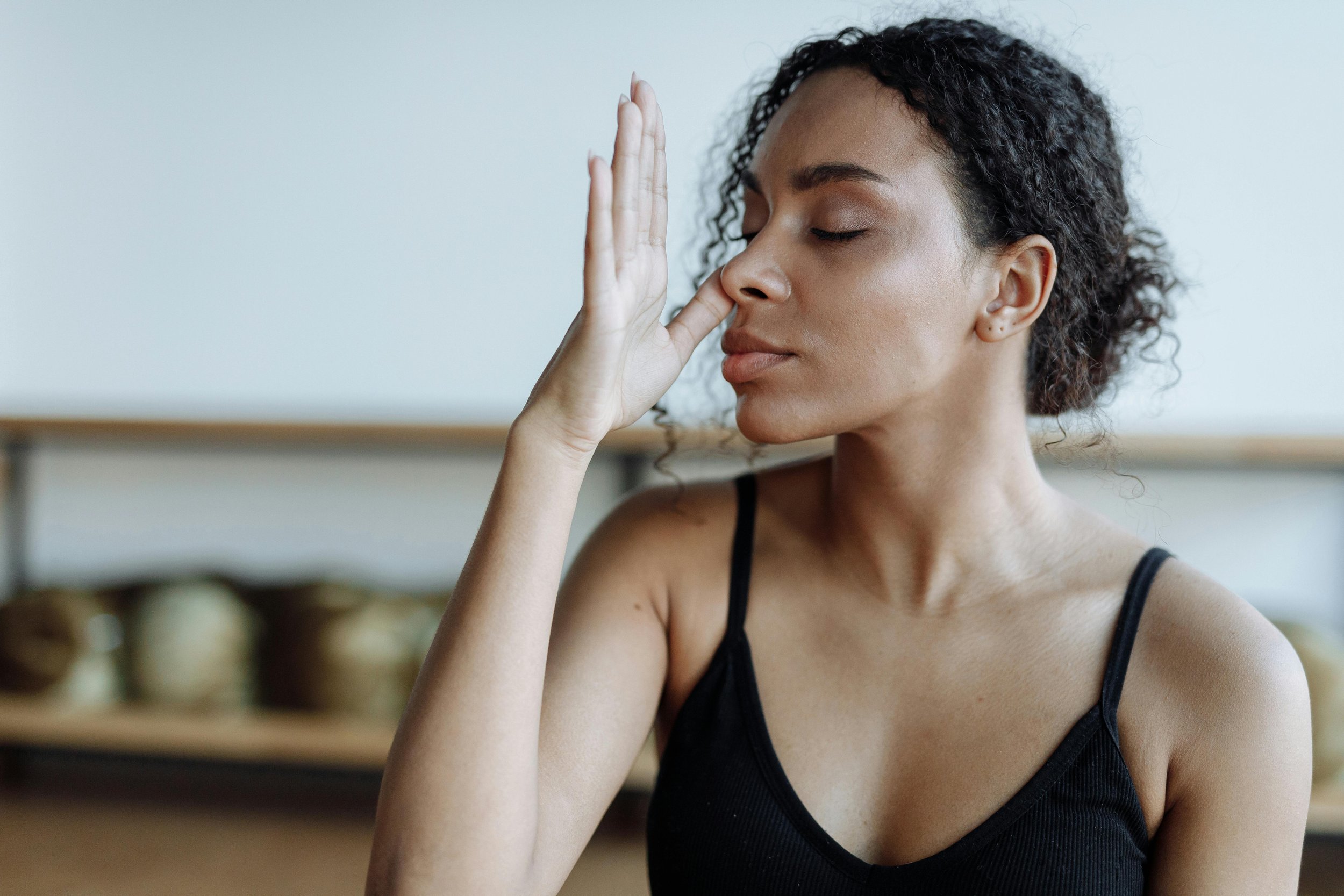Breathing for Better Health
Breathing for Better Health: Pranayama Practice Guide with Benefits, Tips, and Precautions Explained
Pranayama is a fundamental practice in yoga that involves controlled breathing techniques to help reduce stress, improve relaxation, and promote overall well-being. Pranayama can be helpful for individuals of all ages and fitness levels, making it a versatile technique to promote better health. In this article, we will explore how to practice pranayama, its benefits, tips, and precautions to keep in mind.
How to Practice Pranayama:
Sit comfortably in a quiet space with your back straight.
Take a deep breath in through the nose and slowly exhale through the mouth.
Start to focus on your breath, inhaling and exhaling slowly and deeply.
Start to implement techniques such as alternate nostril breathing, kapalabhati, or ujjayi breathing.
Practice pranayama for a few minutes each day, gradually increasing the length of time as you become more comfortable with the practice.
Benefits of Pranayama:
Reduces stress: Pranayama helps to regulate the breath and calm the nervous system, which can reduce stress and anxiety.
Improves digestion: Certain pranayama techniques, such as kapalabhati, can help to improve digestion and elimination.
Enhances overall well-being: Practicing pranayama regularly can promote relaxation, mental clarity, and well-being.
Improves lung function: Pranayama can help to increase lung capacity and strengthen the respiratory system.
Lowers blood pressure: Pranayama has been shown to help lower blood pressure, reducing the risk of cardiovascular disease.
Tips for Practicing Pranayama:
Start Slow: Don't push yourself too hard when first learning pranayama. Start with shorter practice sessions and gradually increase the length as you become more comfortable with the technique.
Be Mindful: Focus on your breath and be mindful of any sensations or changes. This can help to strengthen your concentration and improve the effectiveness of the practice.
Stay Consistent: Regularly practicing pranayama is key to reaping the full benefits of the practice. Try to practice at the same time each day to build a consistent habit.
Precautions for Practicing Pranayama:
Consult with your doctor: Pranayama should be avoided or modified if you have any medical conditions, such as lung or heart disease.
Don't push too hard: If you feel light-headed, dizzy, or uncomfortable while practicing pranayama, slow down or stop.
Practice on an empty stomach: Pranayama is best practiced on an empty stomach, typically in the morning before breakfast.
Avoid practicing in noisy environments: Find a quiet space to practice pranayama, free from distractions or external noise.
In conclusion, pranayama is a simple yet effective practice that can bring numerous benefits to your physical and mental well-being. By incorporating pranayama into your regular yoga practice, you can calm your mind, reduce stress, improve digestion, and enhance overall well-being. So take a deep breath, focus on your breath, and start to experience the benefits of pranayama for better health.


